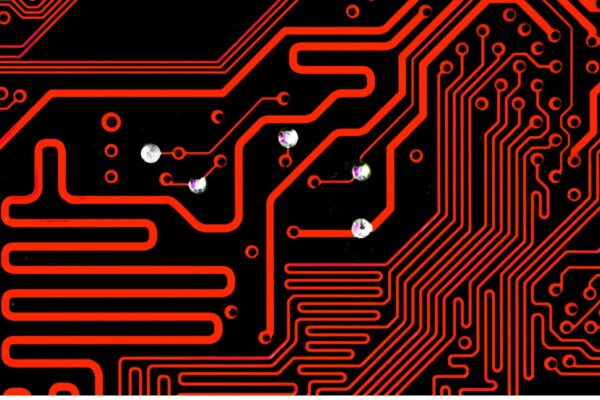What is Control Code
Control code refers to a specific set of D-codes used in photoplotting. These D-codes consist of X and Y coordinates, along with commands that dictate the start, shape, and end of the PCB image. The primary purpose of Control Codes is to control the aperture size and position on the list or wheel of the photoplotter, as well as the state of the light being on or off.
In the photoplotting process, D-codes are crucial in generating Gerber files, which contain the necessary information for creating the PCB image. These files include aperture data that defines the shapes and sizes of various features on the PCB. The available D-codes and their corresponding aperture sizes are typically listed in an Aperture Table.
The interpretation and repertoire of D-codes may vary depending on the make and model of the photoplotter. Different machines may assign different aperture sizes to the same D-code. Some photoplotters allow for flexible assignment of D-codes to apertures, while others have a fixed repertoire of D-codes.





